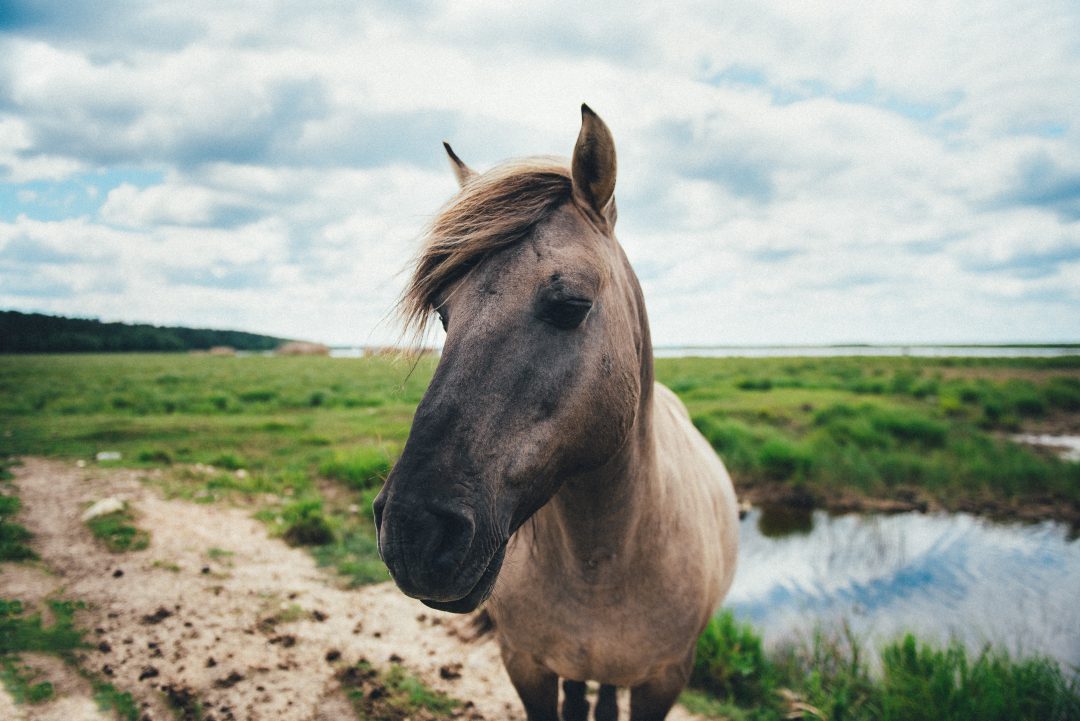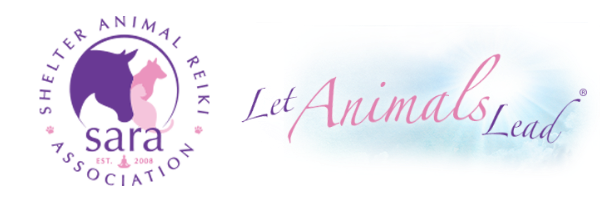
How can equine massage therapists benefit from and incorporate the Let Animals Lead® method of Animal Reiki (developed by Kathleen Prasad) into their practices?
At first glance, the two seem contradictory. Equine massage is hands on, our Animal Reiki practice is hands off – unless the animal initiates touch. However, the two modalities can blend quite well if approached mindfully, respectfully and compassionately.
First, how can Animal Reiki benefit the equine massage therapist’s practice?
- Reiki can help the massage therapist cultivate a more mindful presence and stay grounded and centered.
- Reiki helps balance personal energy, so the therapist is a calming presence for horses and people.
- Enhanced intuition is a side effect of “Being Reiki” and thus may help guide the massage session for better results.
- Reiki can be an added modality to the therapist’s practice, potentially bringing healing at the mental, emotional or spiritual level for the horse.
- Reiki can reduce stress, which ripples throughout all aspects of life.
- Distance Reiki can be sent to nervous or anxious horses for calming prior to the massage appointment.
- A daily Reiki practice leads to inner peace, reduced stress and an overall sense of wellbeing.
- The therapist might just find that he or she receives an amazing amount of healing and wisdom from the horses.
How can equine massage therapists incorporate the Let Animals Lead® method into their practice while honoring all aspects of this method?
- Training in Japanese Reiki techniques and cultivating a daily personal practice of meditation, self-healing, compassion and reflection brings peace, harmony and balance to the individual.
- The therapist should honor horses as teachers in both Reiki and their massage practice. Horses will show the way.
- The therapist should practice seeing the horse’s perfection and not dwelling on problems. Developing an “all is well” mentality will facilitate the horse’s self-healing abilities.
- Cultivating a spirit of compassion and mindfulness will bring peace and healing to the horses and the therapist.
- By listening intuitively, watching the horse’s body language and being mindful, the therapist can honor the horse as a healer and teacher. The horse will guide the massage therapy treatment, the energy, and his own healing if the therapist is open and listening.
Equine massage therapy is hands on and the Let Animals Lead® method is hands off. How can the therapist incorporate Reiki into a treatment?
- The therapist can use a few minutes of mediation and/or Reiki breathing techniques to simply ground themselves and create the “Reiki space” before getting out of the car for an appointment. Or, create the “Reiki space” in a few minutes of quiet with the horse before beginning the massage.
- As the therapist asks the horse for permission to massage, ask the horse if he would like Reiki. Honor his wishes.
- By intending that Reiki flow for the highest good of the horse, the therapist can focus on creating a space of compassion and healing and not focus Reiki on a specific problem or injury.
- Hands don’t matter in Reiki. By creating a Reiki space and letting go of expectations and outcomes, Reiki will flow where it is needed most by the horse. The therapist should not “beam”, “channel” or focus Reiki through their hands.
- During the massage, the therapist should use intuition and observation to determine if the horse is accepting of Reiki. If, at any time, the horse is not accepting, the therapist should end the Reiki session and continue with just massage, always thanking the horse for participating.
- The therapist can use Reiki breathing techniques to stay centered, grounded and balanced during the treatment.
At first the two modalities seem contradictory and worlds apart. But after listening to two highly respected equine massage therapists/teachers talk about how they incorporate Reiki into their equine massages, it is clear the two practices can be complimentary if the horse is approached with respect and honored as a being with unique sensibilities and preferences. Both teachers say after years of practice “Being Reiki”, Reiki flows naturally as the horse needs it in their massage sessions. To me, this is a beautiful marriage of the two practices. With education, training and practice, the Let Animals Lead® method can enhance any equine massage therapy practice.
For more information on the Let Animals Lead® method of Animal Reiki, visit www.animalreikisource.com
Laura Thomas
SARA Teacher

I just graduated from a two-year equine facial integration therapy program. I’ve been a student of Kathleen’s for a while now and the concept if hands-on therapy was very foreign to me but I quickly found out that my Reiki experience gave me a distinct advantage. At our very first hands-on workshop we were instructed in deep breathing and mindful presence before even learning to touch, techniques I was very familiar with due to my Reiki practice. Since fascial Integration is very deep work not all horses are open to it or will tolerate it and Reiki has been invaluable in building a relationship, allowing the horse to trust me and work deeply. Reiki also helps me make intuitive decisions about how to proceed with each session, and in cases where the horse is not open to the hands-on work, to end the session positively with hands-off energy exchange in a peaceful mutually respectful space. My teacher has even expressed interest in learning the Let Animals Lead method. It is not just a useful add-on to my bodywork practice but an essential component. Mahalo for a great article!